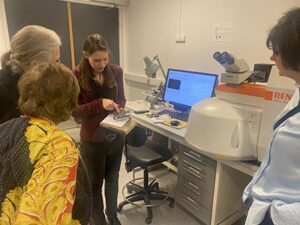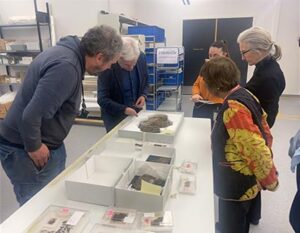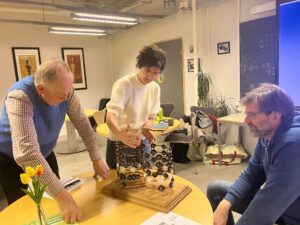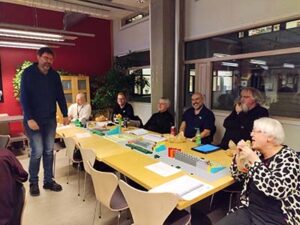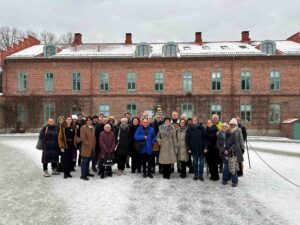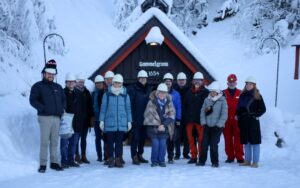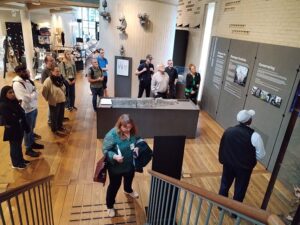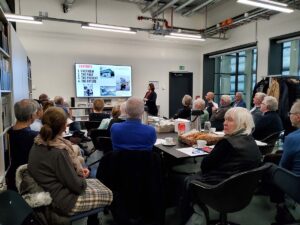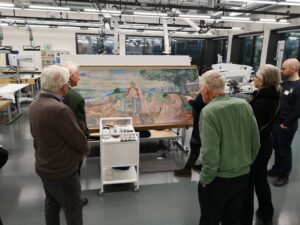NKS og Faggruppen for kjemihistorie har gleden av å invitere til symposium lørdag 21. juni i forbindelse med at Blaafarveværket har blitt tildelt EuChemS Historical Landmark Reward på europeisk nivå for 2023.
Seminaret er gratis.
Sted: Blaafarveværket, Modum. Informasjon om transport under.
Program
09.30-10.00 Kaffe
Symposium
Ordstyrer: Leiv K. Sydnes
10:00-10:05 Velkommen v/Blaafarveværkets direktør Tone Sinding
10:05-10:20 Perspektiver på grunnstoffoppdagelser
Annette Lykknes, NTNU
10:20-10:35 Bland troll, mineraler och ämbetsmän
Hjalmar Fors, Hagströmerbiblioteket, Karolinska Institutet
10:35-10:50 The Blue Colour Works fingerprint – tracing cobalt from mine to porcelain
Patrick Degryse, Katholieke Universitet Leuven
10:50-11:10 Kaffe med noe søtt
Ordstyrer: Annette Lykknes
11:10-11:25 Blaafarveværket i bergverkshistorien
Bjørn Ivar Berg, Bergverksmuseet
11:25-11:40 Rottekrutt, Schweinfürtgrønt og feberdråper – Blaafarveværkets arsenikkproduksjon
Lasse Hermansen Bjørnland, Blaafarveværket
11:40-11:55 How to make a beautiful Sapphire: the use of cobalt in manufacturing of gemstone imitations
Hartmut Kutzke, Kulturhistorisk Museum, Universitetet i Oslo
11:55-12.10: Converting heat to electricity–Skutterudite’s role in waste heat recovery and the exploration of our solar system
Gunstein Skomedal, Universitetet i Agder
12:15-13:15: Lunsj
13:30-14:00 Plakettavduking
14:00-16:30 Omvisning
Transport:
Det blir satt opp buss som korresponderer med tog fra Oslo (R12 Kongsberg) kl. 08:09 med ankomst Hokksund kl. 08:59 for de som melder seg på dette i påmeldingsskjemaet. Bussen tar også passasjerer tilbake til Hokksund stasjon på ettermiddagen, for hjemtur med tog.
Meld deg på innen 25. mai ved å fylle ut følgende skjema: https://nettskjema.no/a/508967

